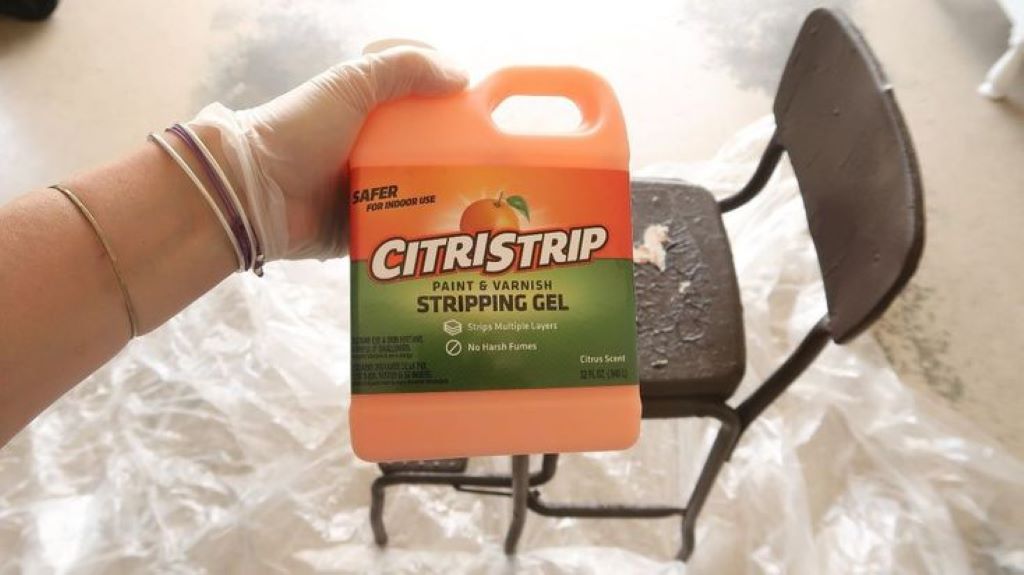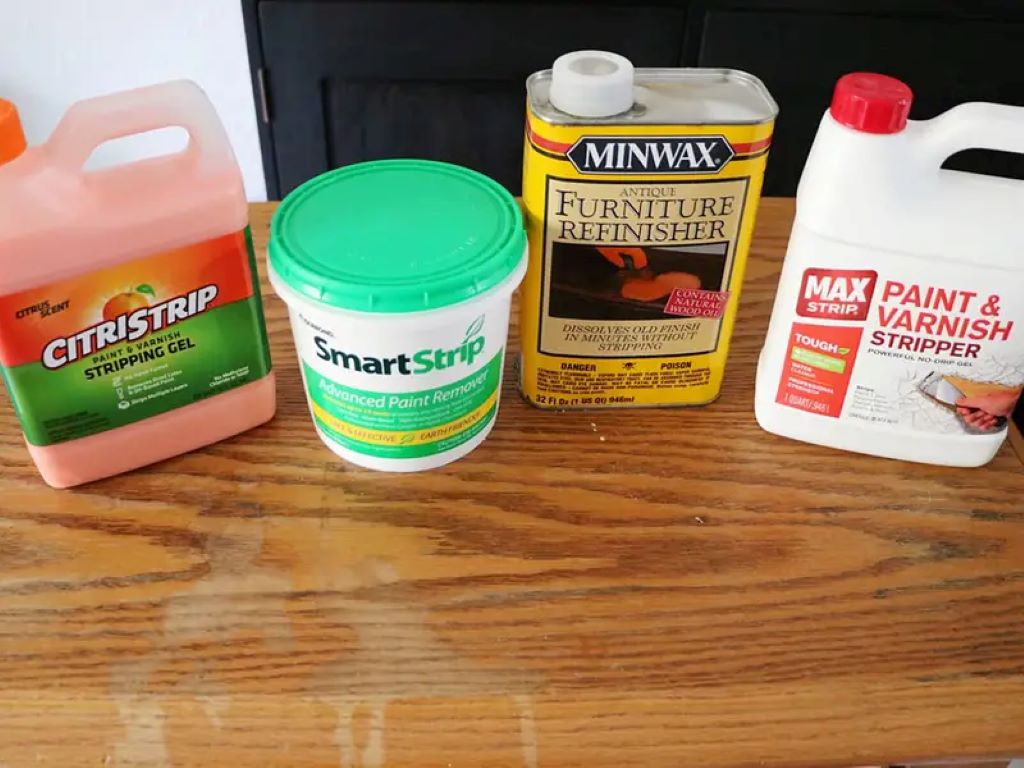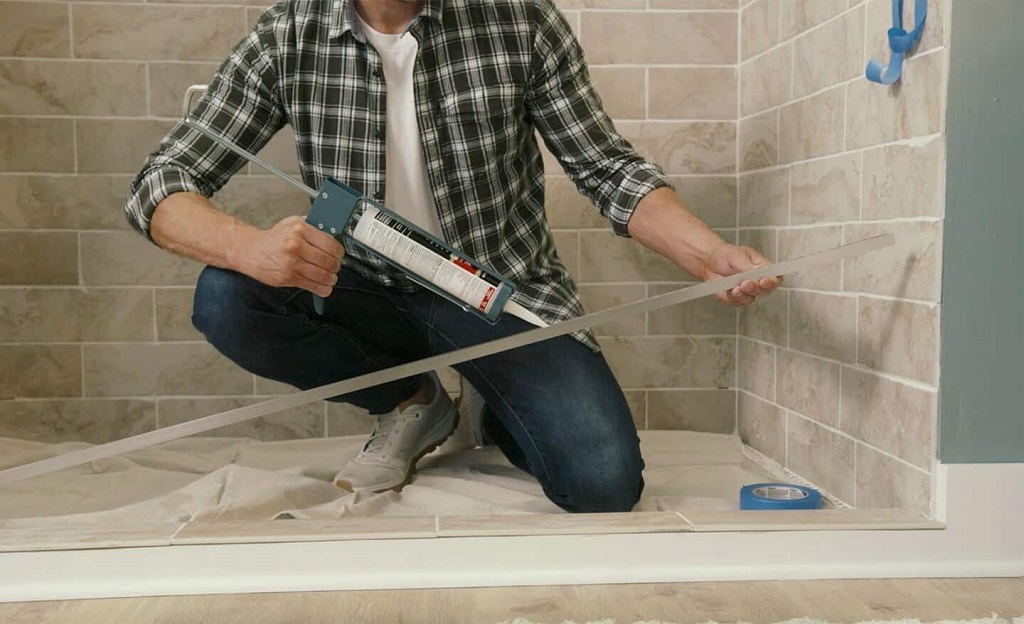Citristrip is a popular paint and varnish stripper known for its effectiveness and relatively low toxicity compared to other chemical strippers. While it’s commonly associated with wood, Citristrip can also be safely used on metal surfaces. This guide will walk you through the process of using Citristrip on metal, offering valuable insights and tips for optimal results.
Understanding Citristrip
Citristrip is a citrus-based stripper that uses natural ingredients to break down paint and varnish. It’s available in gel or liquid form, with the gel being a preferred choice for vertical surfaces as it doesn’t run as easily. Citristrip is generally safe for most metal types, but it’s always recommended to test it on a small inconspicuous area first. However, can you leave paint remover on too long? It’s important to note that leaving Citristrip on for longer than 24 hours can lead to issues, as detailed in this article: https://djdchronology.com/what-happens-if-you-leave-citristrip-on-for-longer-than-24-hours/.
Safety First
Before using Citristrip, prioritize safety:
- Ventilation: Work in a well-ventilated area or outdoors to avoid inhaling fumes.
- Protective Gear: Wear gloves, safety glasses, and a mask to protect your skin and eyes.
- Old Clothes: Wear clothes you don’t mind getting stained, as Citristrip can be messy.
- Fire Safety: Keep Citristrip away from open flames and heat sources, as it’s flammable.
Related: A Burst of Sunshine: Exploring the World of Yellow Spray Paint
Preparing the Metal Surface
Proper surface preparation is key to successful paint removal:
- Clean the Surface: Remove any dirt, grease, or debris from the metal surface. Use a degreaser if necessary.
- Sanding (Optional): Lightly sand the surface to create a rough texture, which helps the Citristrip adhere better.
Applying Citristrip
Follow these steps for applying Citristrip:
- Thick Coat: Apply a generous, even coat of Citristrip to the metal surface using a disposable brush.
- Covering (Optional): If the surface is large or if you’re working indoors, you can cover the applied Citristrip with plastic wrap to prevent it from drying out.
- Dwell Time: Allow the Citristrip to sit for the recommended dwell time, typically ranging from 30 minutes to several hours. The dwell time depends on the type of paint, the number of layers, and the ambient temperature. Refer to the product label for specific instructions.
- Checking Progress: After the minimum dwell time, check the progress by gently scraping a small area with a plastic scraper. If the paint easily comes off, it’s ready. If not, allow it to sit longer.
Removing Paint and Residue
Once the Citristrip has done its job:
- Scraping: Use a plastic scraper to carefully remove the softened paint. Work in the direction of the grain (if applicable) to avoid damaging the metal.
- Steel Wool: For stubborn areas or intricate details, use steel wool to remove the remaining paint and residue.
- Cleaning: Clean the stripped surface with mineral spirits and a clean cloth to remove any remaining Citristrip residue.
Additional Tips
- Test First: Always test Citristrip on a hidden area to ensure it doesn’t damage the metal finish.
- Multiple Coats: For multiple layers of paint or stubborn finishes, you may need to apply multiple coats of Citristrip.
- Disposal: Dispose of used Citristrip and paint scrapings according to local regulations.
- Aftercare: Once the metal is stripped, protect it with a suitable primer or paint to prevent rust and corrosion.
Conclusion
Citristrip offers a safer and more environmentally friendly alternative to traditional paint strippers. By following this guide and taking necessary precautions, you can effectively remove paint from metal surfaces and restore them to their original condition. Remember, patience is key, as the process may require multiple applications and varying dwell times depending on the specific circumstances.
Disclaimer: This article is intended for informational purposes only and should not be considered a substitute for professional advice. Always refer to the product label for specific instructions and safety precautions. If you’re unsure about using Citristrip on a particular metal type, consult a professional for guidance.





